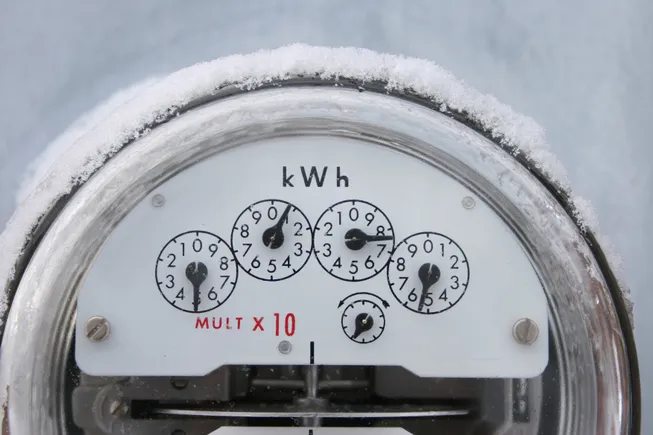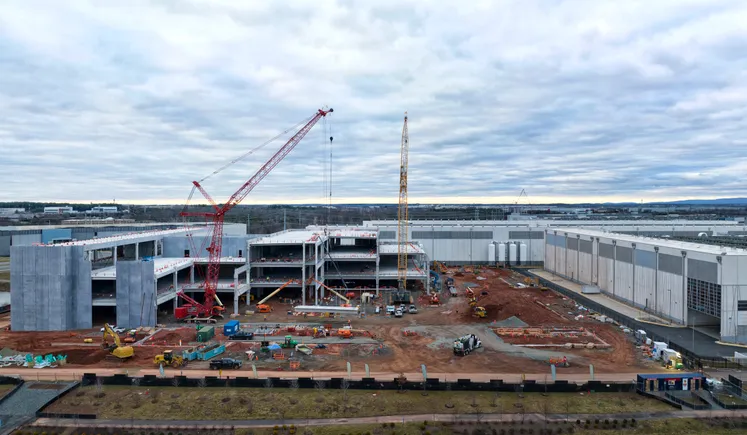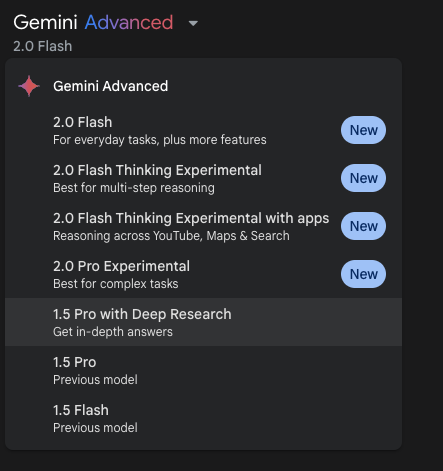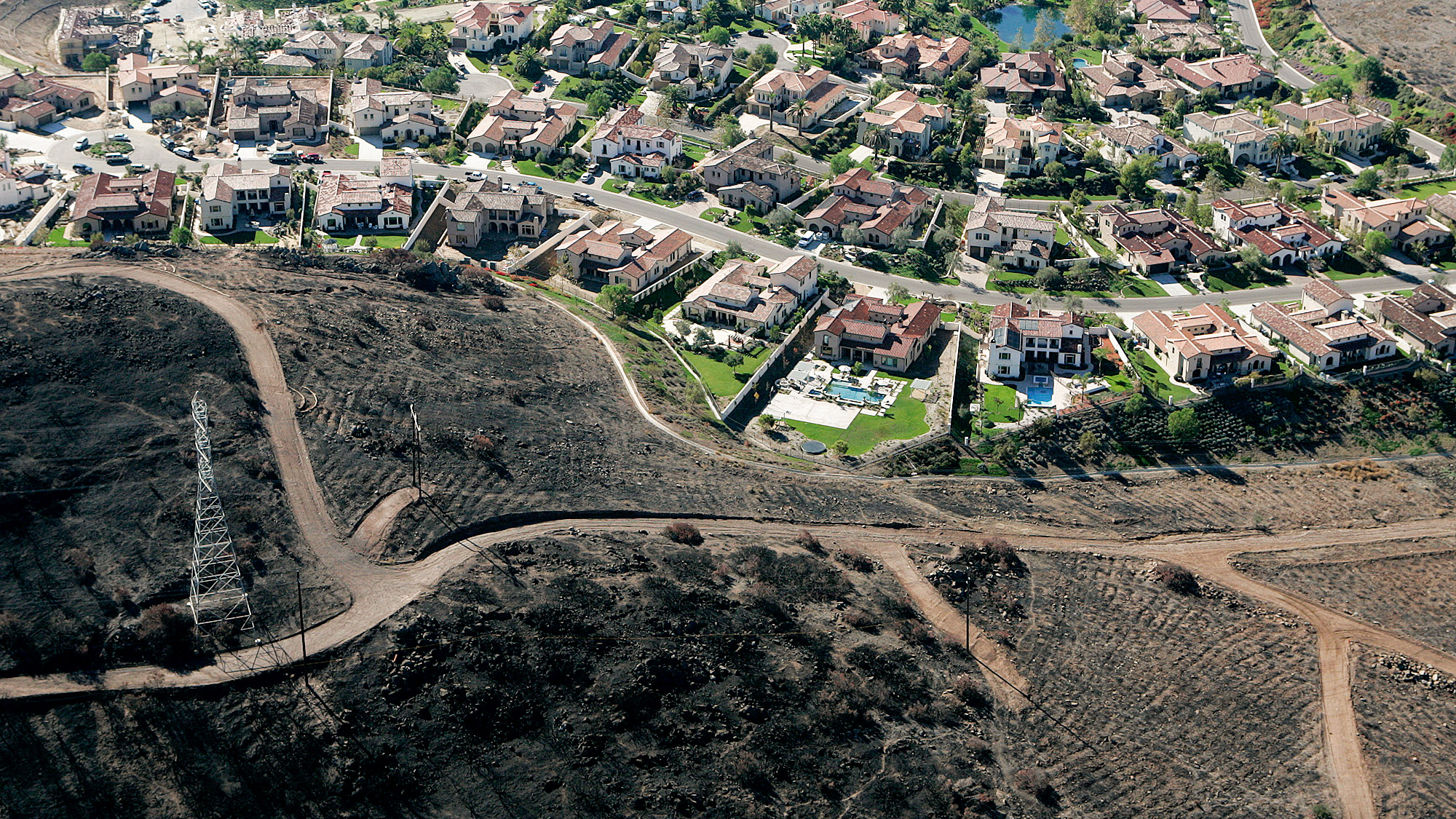The UK government has announced an initiative to deliver up to £200 million of investment to offshore wind developers in this year’s bidding round for renewable energy.
The Labour premiership has opened applications for its “clean industry bonus” which will support offshore wind developers, on the condition they prioritise their investment in places “that need it most”.
The government said areas that would attract extra investment include “traditional oil and gas communities”, as it looks to back “good jobs” under its plan for change.
The cash will be available to all offshore wind projects that come through the next auction, this year is allocation round 7 (AR7). This offers successful bidders a contract a for difference (CfD), a fixed contract price on the energy produced.
In prior allocation rounds, the government has chosen the lowest bids. But this year’s clean industry bonus is designed to encourage investment in the supply chain most deem necessary for the industry to flourish.
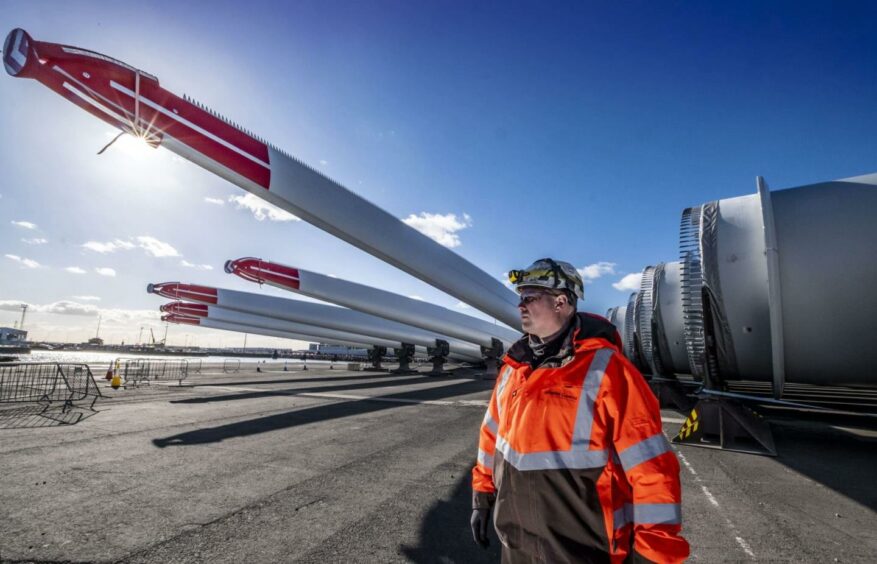 © Supplied by Neart na Goithe
© Supplied by Neart na GoitheThe bonus will come with an initial £27 million per gigawatt (GW) of offshore wind projects.
“That means if developers commit to 7-8GW of offshore wind, up to £200m of funding could be made available,” the government announcement explained.
The government funding will support developers who build sustainable low-carbon factories, offshore wind blades, cables and ports, and reduce industrial emissions across the energy supply chain.
This comes as part of a move to drive investment in the UK’s manufacturing capabilities.
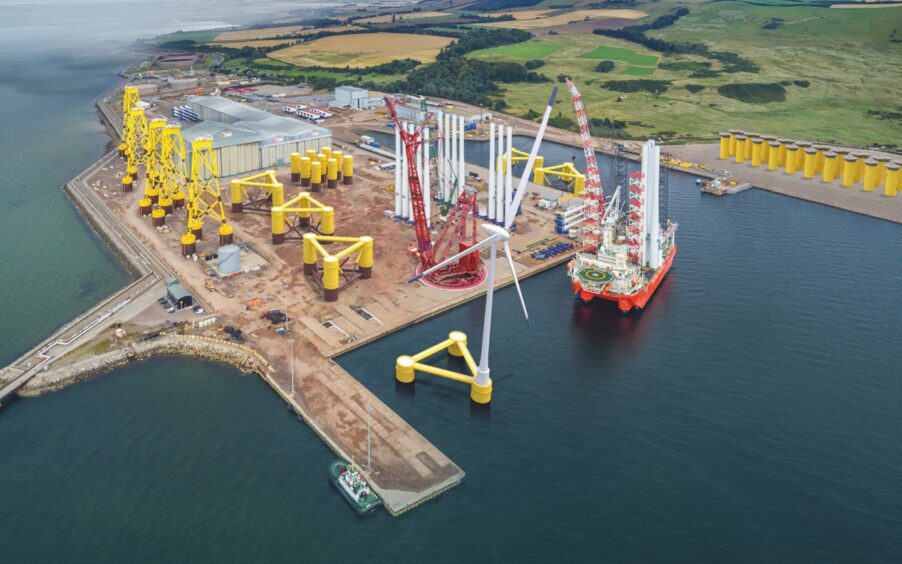 © Supplied by Ross Creative Commun
© Supplied by Ross Creative CommunOn Wednesday HMRC granted the Port of Nigg in the north-east of Scotland customs site status to incentivise suppliers to set up shop in the region.
The awarded status allows the port to sit outside the UK’s normal customs rules, meaning the space benefits from simplified processes and reduced costs associated with handling goods to and from the area.
Energy secretary Ed Miliband said: “We are backing our proud manufacturing, coastal and oil and gas communities with good jobs, skills and private sector investment – delivering on the government’s plan for change.
“This is our clean energy superpower mission in action, kickstarting growth, delivering energy security and transforming towns and cities as part of the transition – from the ports of Nigg and Leith to the manufacturing hubs of Blyth and Hull.”
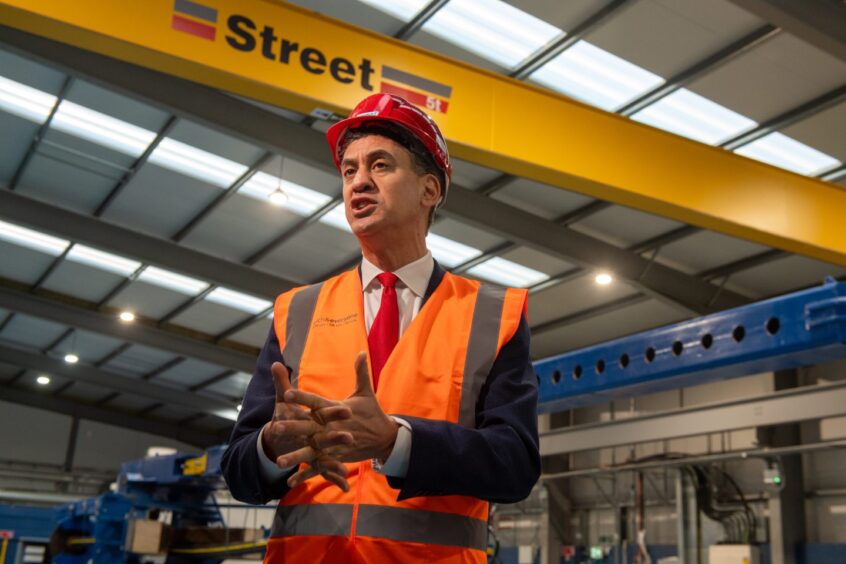 © Kenny Elrick/DC Thomson
© Kenny Elrick/DC ThomsonThe winners of the clean industry bonus will be announced in the summer when Miliband unveils the projects that made successful AR7 applications.
Dan McGrail, chief executive of trade body RenewableUK, commented: “The offshore wind industry already employs over 34,000 people in the UK, but there’s an opportunity to treble this number by the end of the decade if we grow the sector’s supply chain.
“Government initiatives like the clean industry bonus, coupled with industry initiatives to support innovation and the upcoming industrial strategy, could drive hundreds of millions of pounds of private investment into new manufacturing.”
However, McGrail added that “we shouldn’t forget that there are also thousands of jobs in the construction and maintenance of wind farms too”.
“You can go to places across the country like Grimsby and Great Yarmouth and Buckie on the Moray Firth and see boats full of engineers ensuring our wind farms operate at maximum efficiency,” he added.
More wind power needed to reach 2023 goals
Last year’s AR6 process delivered 3.7GW offshore wind capacity. Although it was a significant jump compared to 2023’s zero successful projects, the scheme still fell short of what was needed to deliver net zero ambitions.
According to a report commissioned by the trade body Offshore EnergiesUK (OEUK), the UK needs 80GW of renewables in the next six years, which involves trebling offshore wind capacity to 51GW.
This means that the next four allocation rounds, from AR6 to AR9, would need to double the amount of capacity awarded contracts for difference (CfDs) from an average of 2.3GW in previous rounds to about 5.9GW.
Government figures, which clump together offshore wind and floating wind, claim that 5GW was unlocked in last year’s auction.
The world’s largest planned floating wind project, Vårgrønn and Flotation Energy’s Green Volt, was the only project of its kind to secure funding in AR6.







